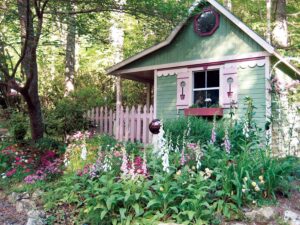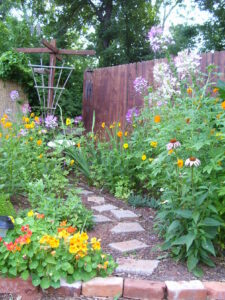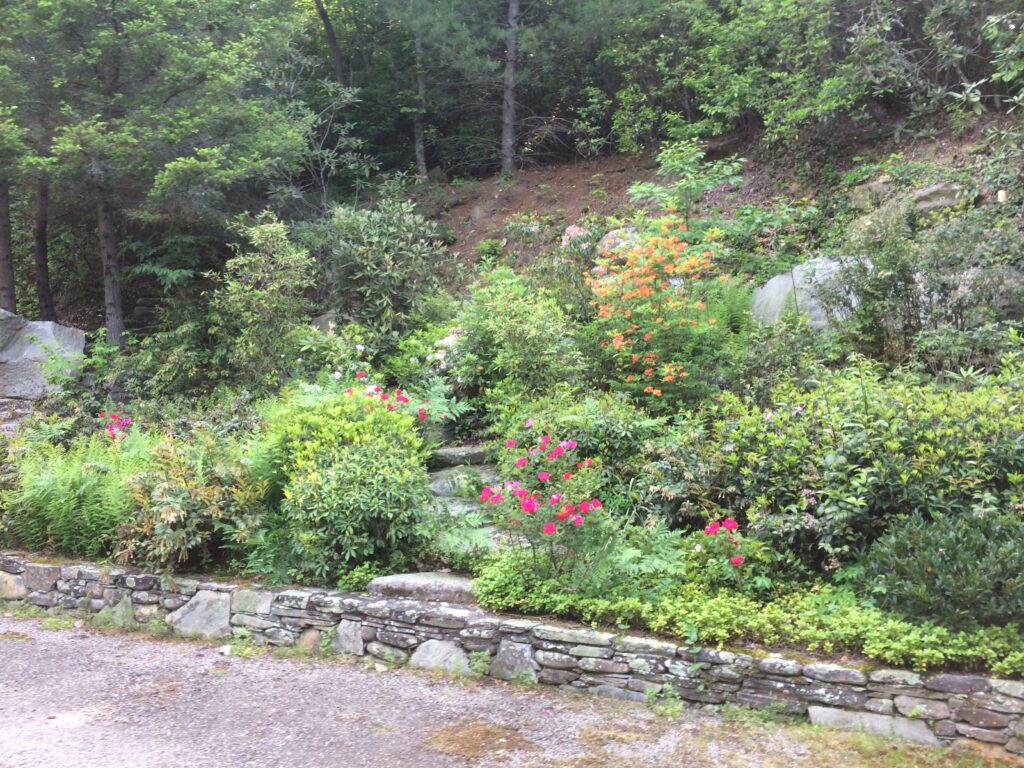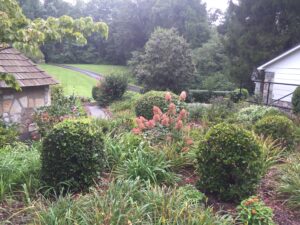Developing a Cottage Garden
go.ncsu.edu/readext?788569
en Español / em Português
El inglés es el idioma de control de esta página. En la medida en que haya algún conflicto entre la traducción al inglés y la traducción, el inglés prevalece.
Al hacer clic en el enlace de traducción se activa un servicio de traducción gratuito para convertir la página al español. Al igual que con cualquier traducción por Internet, la conversión no es sensible al contexto y puede que no traduzca el texto en su significado original. NC State Extension no garantiza la exactitud del texto traducido. Por favor, tenga en cuenta que algunas aplicaciones y/o servicios pueden no funcionar como se espera cuando se traducen.
Português
Inglês é o idioma de controle desta página. Na medida que haja algum conflito entre o texto original em Inglês e a tradução, o Inglês prevalece.
Ao clicar no link de tradução, um serviço gratuito de tradução será ativado para converter a página para o Português. Como em qualquer tradução pela internet, a conversão não é sensivel ao contexto e pode não ocorrer a tradução para o significado orginal. O serviço de Extensão da Carolina do Norte (NC State Extension) não garante a exatidão do texto traduzido. Por favor, observe que algumas funções ou serviços podem não funcionar como esperado após a tradução.
English
English is the controlling language of this page. To the extent there is any conflict between the English text and the translation, English controls.
Clicking on the translation link activates a free translation service to convert the page to Spanish. As with any Internet translation, the conversion is not context-sensitive and may not translate the text to its original meaning. NC State Extension does not guarantee the accuracy of the translated text. Please note that some applications and/or services may not function as expected when translated.
Collapse ▲What is a ‘cottage garden’?
A cottage garden is a perennial garden of informal design that grows in the space between the lawn and home. The cottage garden provides different flower colors and textures in an informal design. All these flowers will attract pollinators to the landscape also.
History
Cottage gardens have a long history. In the late 1400s family farmers were finally able to tend their own gardens due to the end of feudalism. Cottage plants were originally kitchen gardens. The main plants were edibles and medicinal plants, including vegetables, herbs, and fruit trees with flowers being of less importance. Eventually, as food began to come from markets instead of backyard gardens, cottage gardens transformed into ornamental flower gardens.
Informal Is Good
For some gardeners, myself included, the cottage garden’s greatest appeal is an apparent lack of formal design. However, a minimal design is required to separate the cottage garden from a meadow or woodland garden. With the use of borders, paths, and hardscape the cottage garden takes shape.
Elements of the Cottage Garden
Plants – perennial border; shrubs; trees; vines; lawn
Hardscape – edging/borders; arbors; walkways; trellises; bird bath; water feature; sitting areas
Getting Started
- design and lay out beds
- install borders
- till in organic matter
- obtain plants
- Install plants as a mix, short in front, tall in back
- source favorite mulch and install
Plants
Flowers – Agastache, allium, amaranthus, hollyhock, anemone, angelonia, aster, ornamental kale and swiss chard, celosia, chrysanthemum, clematis vine, cleome, smokebush, crocosmia, dahlia, delphinium, echinacea, lilly, poppy, euphorbia, fritillaria, glandularia, hibiscus, ornamental sweet potato, kniphophia, purple hyacinth bean vine, moonflower vine, ornamental gourds, lavendar, sweet pea vine, lupine, lycoris, oxalis, peony, passion flower vine, pennisetum grass, phlox, castor bean, black-eyed susan, salvia, leeks, coleus, goldenrod, thyme, nasturtium, verbena, zinnia
Wildflower seed mix – baby’s breath, dwarf cornflower/bachelor button, five spot, lemon mint, African daisy, sweet alyssum, toadflax, tall cornflower/bachelor button, red corn poppy, lance leaf coreopsis, mixed red poppy, wild cosmos, California poppy, blanketflower, black-eyed susan, wild perennial lupine, purple coneflower, coreopsis, Siberian wallflower, blue flax, scarlet flax, Drummond phlox, sulphur/orange cosmos, gloriosa daisy
Shrubs under 4′ – (deciduous) St. John’s Wort, lowbush blueberry, cranberry, maple leaf viburnum, hydrangea, American Beautyberry,
(evergreen) leucothoe, dwarf yaupon holly, american boxwood
Mid-sized Shrubs over 4′ under 10′-
(deciduous) sweetshrub, red-twig dogwood, oakleaf hydrangea, hearts-a-bustin’, fothergilla, hypericum, winterberry, Virginia sweetspire, spicebush, native azaleas, elderberry, highbush blueberry, deciduous viburnum, leatherleaf viburnum
(evergreen) mountain laurel, rhododendron, inkberry, dwarf conifers such as spruce/arborvitae/Chamaecyparis/cedar
Large shrubs over 10′ – (deciduous) smooth sumac, arrowwood viburnum, bottlebrush buckeye, witch hazel
(evergreen) arborvitae, Chamaecyparis, Rhododendron, mountain laurel,
Vines – (deciduous) crossvine, trumpet creeper, climbing hydrangea, coral honeysuckle, Virginia creeper, fox grape
Grasses – bluestem, broomsedge, river oats, switchgrass, pink muhly grass, lovegrass
Groundcovers – (deciduous) pussy’s toes, wild ginger, partridge berry, pachysandra, phlox, golden aster, christmas fern, Oconee bells, yellow root








